Photographs Document the Global Traditions of Living with the Dead
Memento Mori: The Dead Among Us, a photography book by Paul Koudounaris out this month from Thames & Hudson, is a visual narrative of how a more visceral relationship to the dead thrives across the globe.

Aside from scattered tombstones lodged in cemetery earth, most people in the Western world have little physical connection to their dead. Bodies decay underground, and when families move on, the sites are forgotten. Memento Mori: The Dead Among Us, a photography book by Paul Koudounaris out this month from Thames & Hudson, is a visual narrative of how a more visceral relationship to the dead thrives across the globe. It suggests that what may seem macabre is more common to human history than we realize.
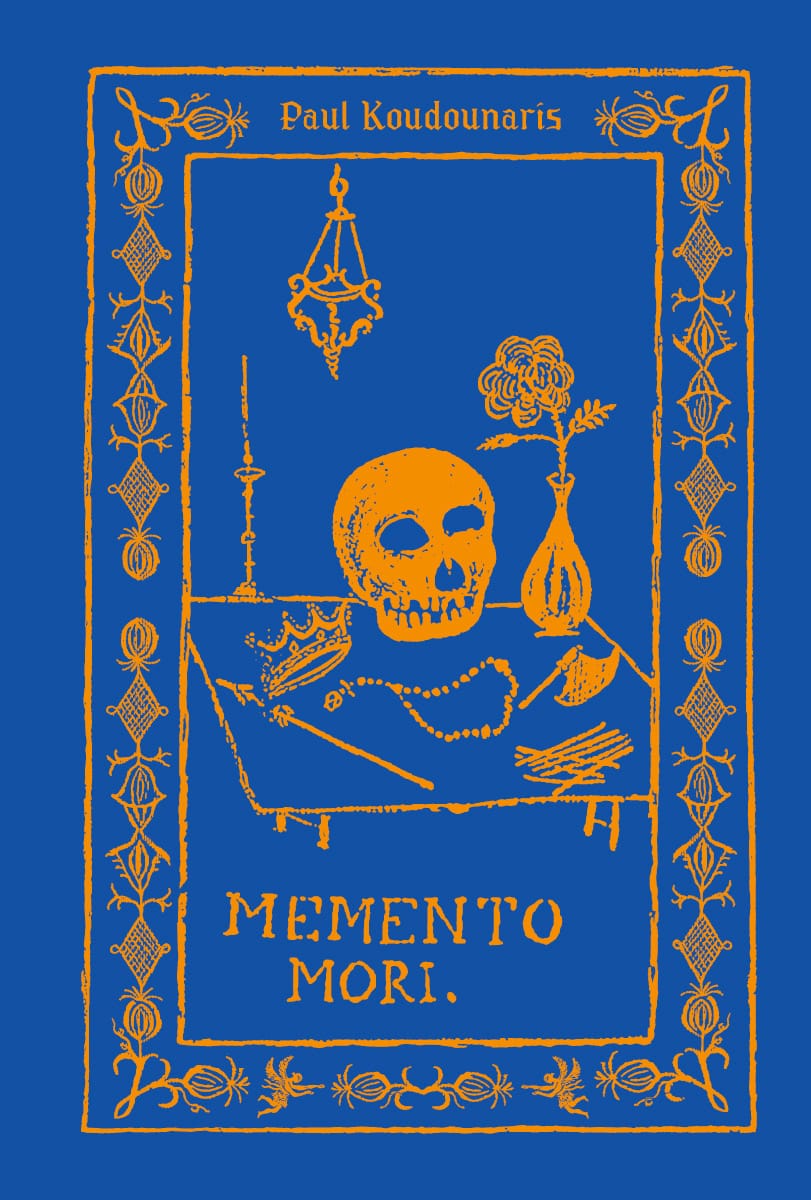
“There is really no reason Tibetan decorated skulls and European jeweled skeletons and all these other things can’t appear side-by-side — unless you sequester them through historicization,” Koudounaris told Hyperallergic. His 2013 book, Heavenly Bodies, concentrated on skeletons draped in gems and gold after being hauled out of the Roman catacombs in the 16th century and declared replacement saints for those lost in the Protestant Reformation. His 2011 The Empire of Death examined charnel houses and ossuaries, mostly in Europe. Memento Mori is more global, including over 500 images from over 250 locations in 30 countries between a blue satin hardcover.
Flipping through the glossy photographs of a mossy burial cave serenely strewn with bones in Indonesia, Capuchin monastery mummies with hollow, gaping mouths leaning on walls in Sicily, and skulls piled up at a harrowing Rwandan genocide memorial, it’s not hard to get the message of universal mortality. But what might be more difficult — for a Western audience, at least — is that these remains don’t come with a taboo of death. In an introductory essay, Koudounaris describes how, in Indonesia, a man told him that when he was young he slept next to the mummy of his grandfather, which he and his brothers would prepare each morning for the day by dressing and placing it in the house. “I asked about the motivations for treating his grandfather’s mummy as his family had, but felt foolish as I did, because I already knew the answer,” he writes. “Indeed, he turned to me with the nonplussed look one gives people who ask obvious questions. ‘Because we loved him,’ he said simply, ‘and we wanted to preserve for him some part of his daily ritual.'”
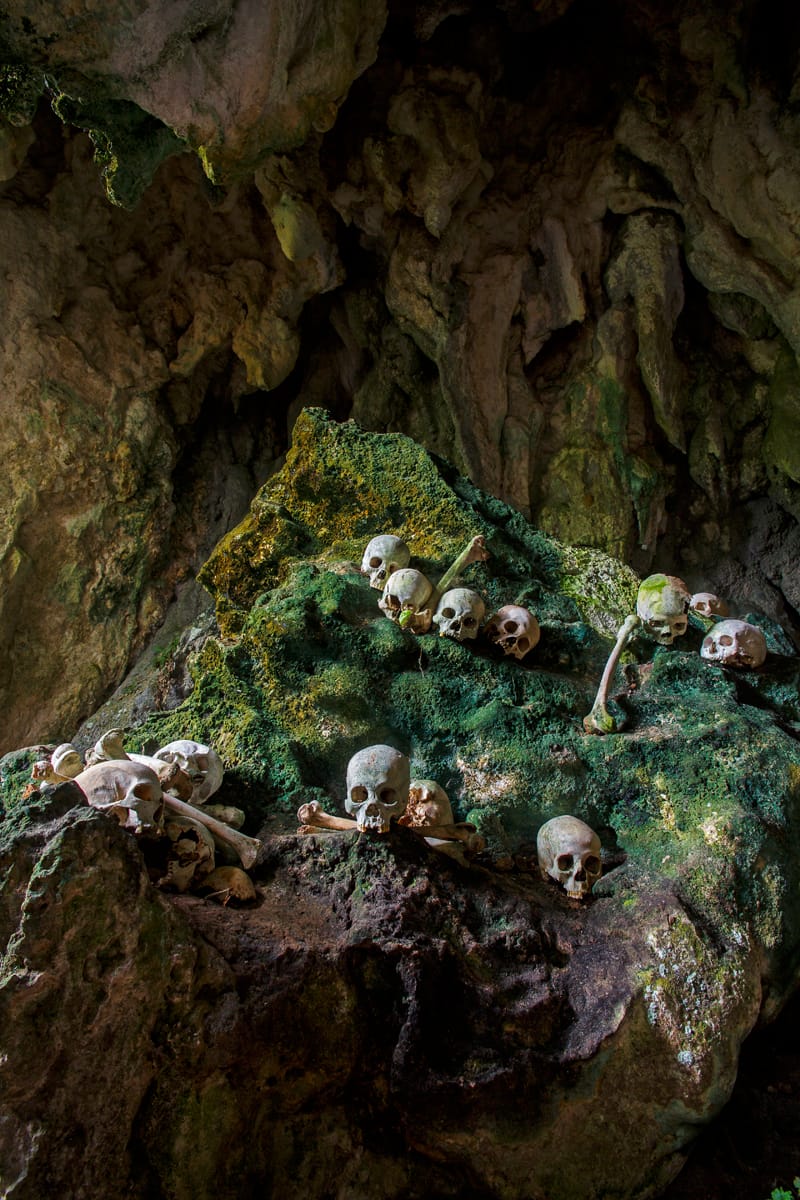

Seeing so many of these places through the eye of one person is rare, which Koudounaris acknowledges made it difficult to keep the photographs from getting repetitive. “People always ask me what the biggest challenge was,” he explained to Hyperallergic. “And they expect that I am going to tell them about needing to get people in the Vatican to give me access to some site, or climbing some mountain in the Philippines to get to a cave, or any of these other things. But by far the biggest challenge for me is trying to find a way to look at every site, every skeleton, every skull with fresh eyes.”
As Western viewers, it’s impossible not to project our cultural norms onto the photographs, just as it’s impossible to completely understand the context of events like the Fiesta de las Ñatitas in La Paz, Bolivia, in which skulls kept at home as friends or guardians are brought out for a festival, their eye sockets stuffed with cotton for sight and cigarettes lit between their crumbling teeth. However, skull after painted or bejeweled skull relays a story that’s as much about life as it is about death. The photographs are evidence of the living considering their posthumous roles, like spirit medium Dexiu in Taiwan, who requested that her corpse be gilded in 1993 so she could keep serving her community. There’s also something more intangible here — how “memento mori,” literally meaning “remember that you will die,” isn’t always a looming threat, and tangible human remains can evoke love and respect for life.
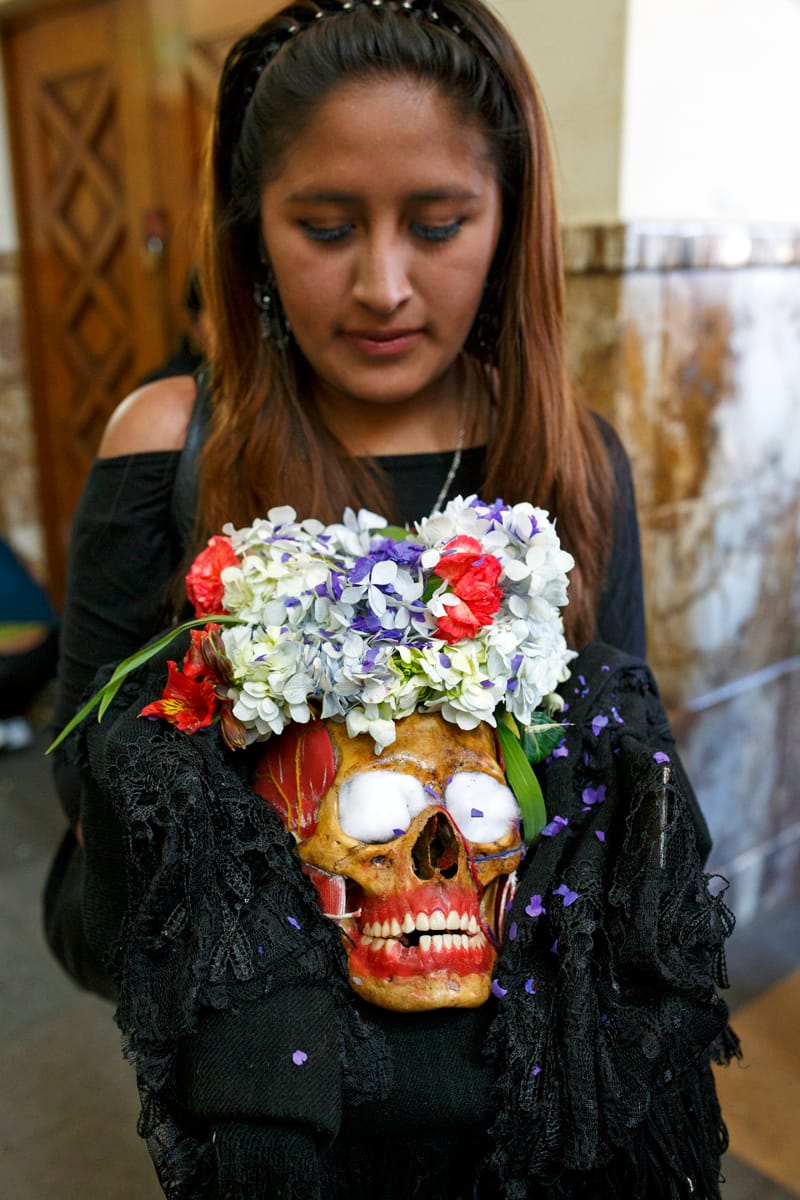

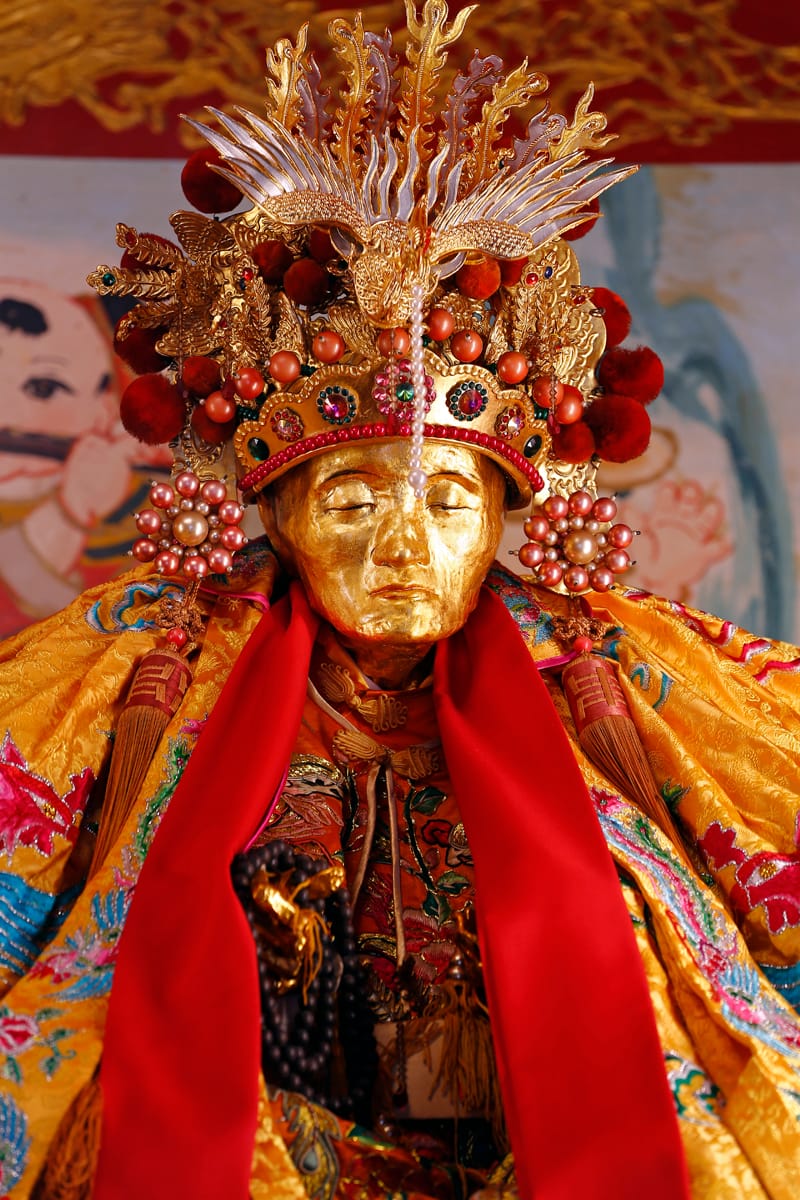
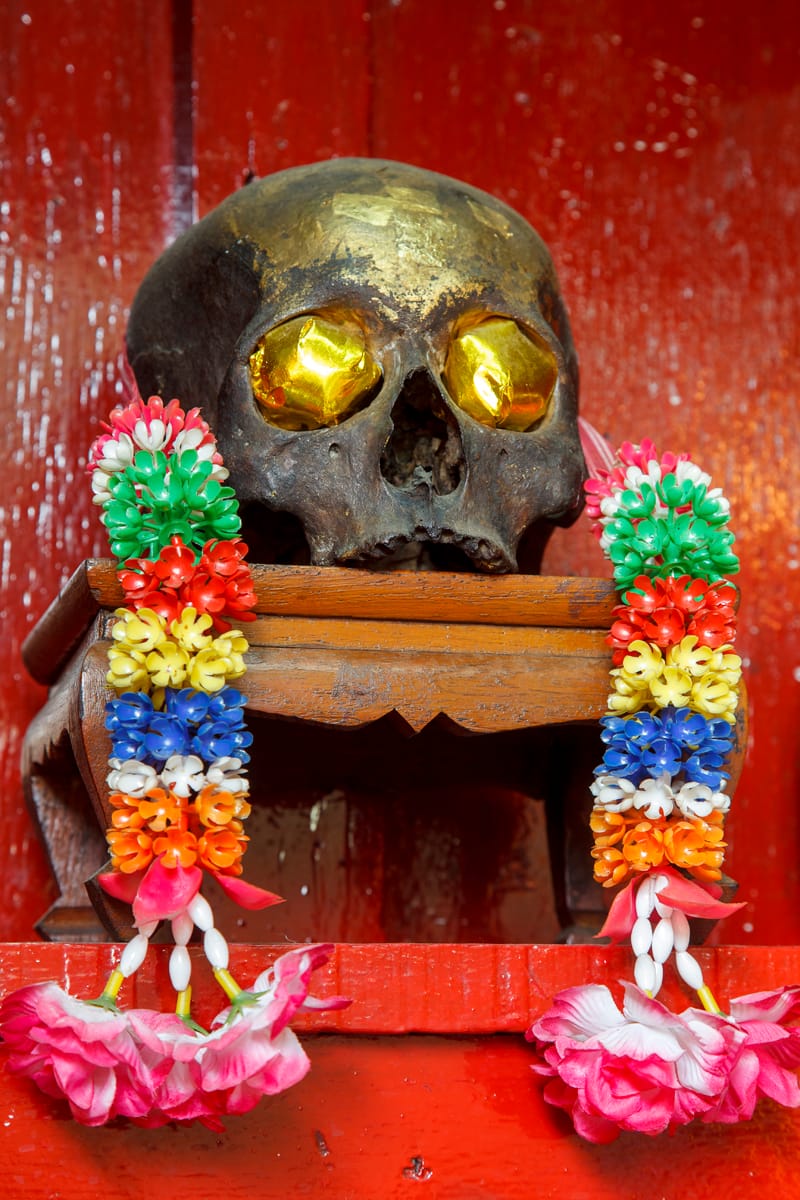

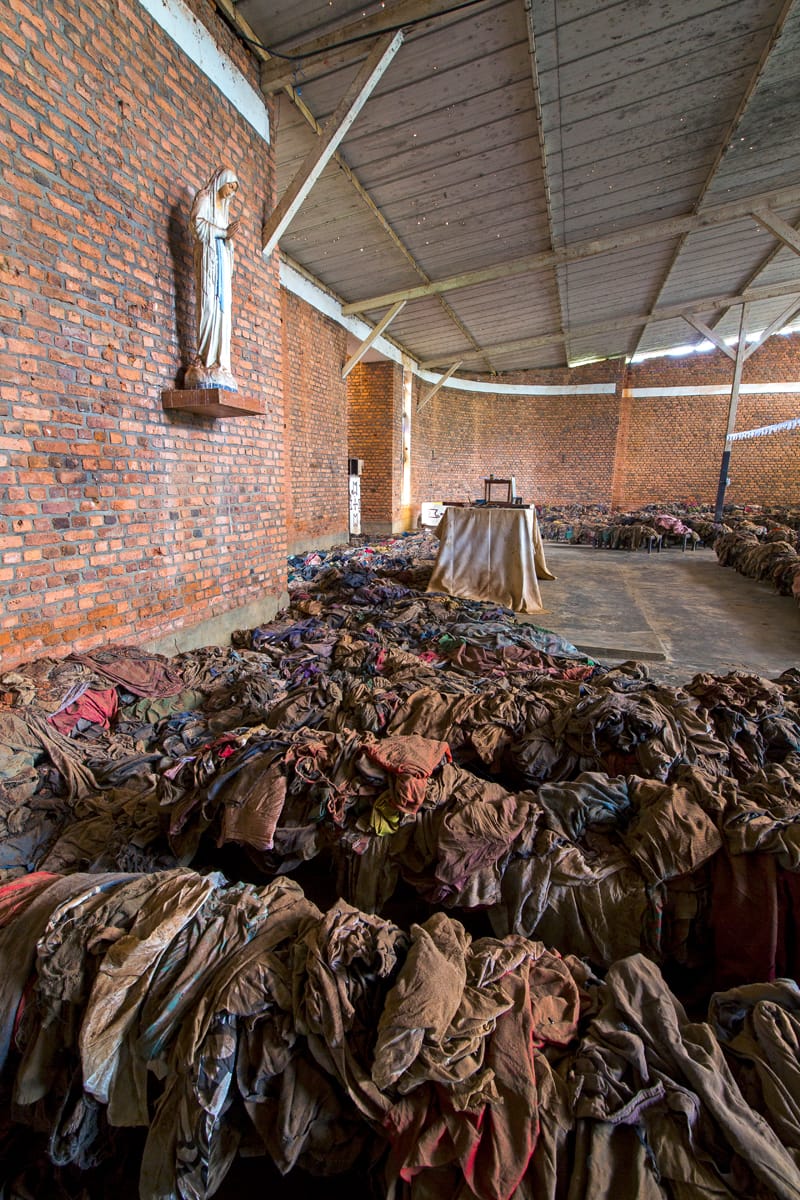
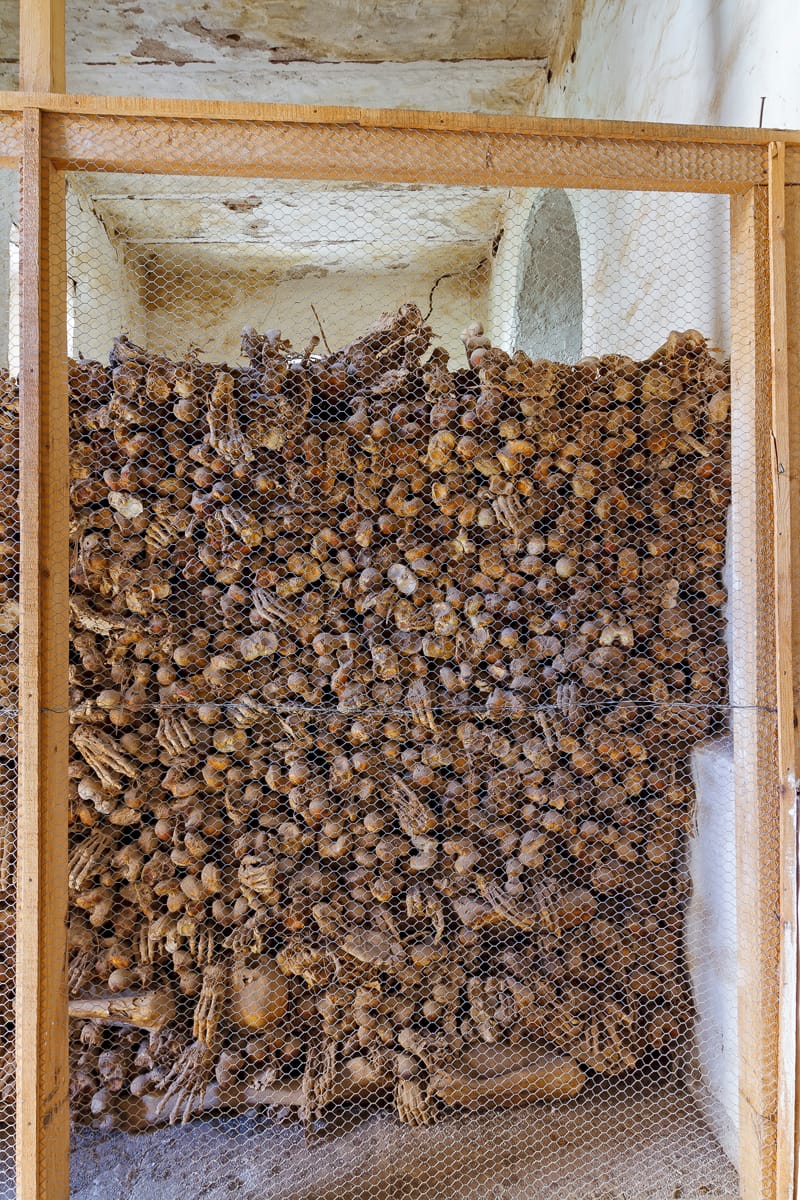
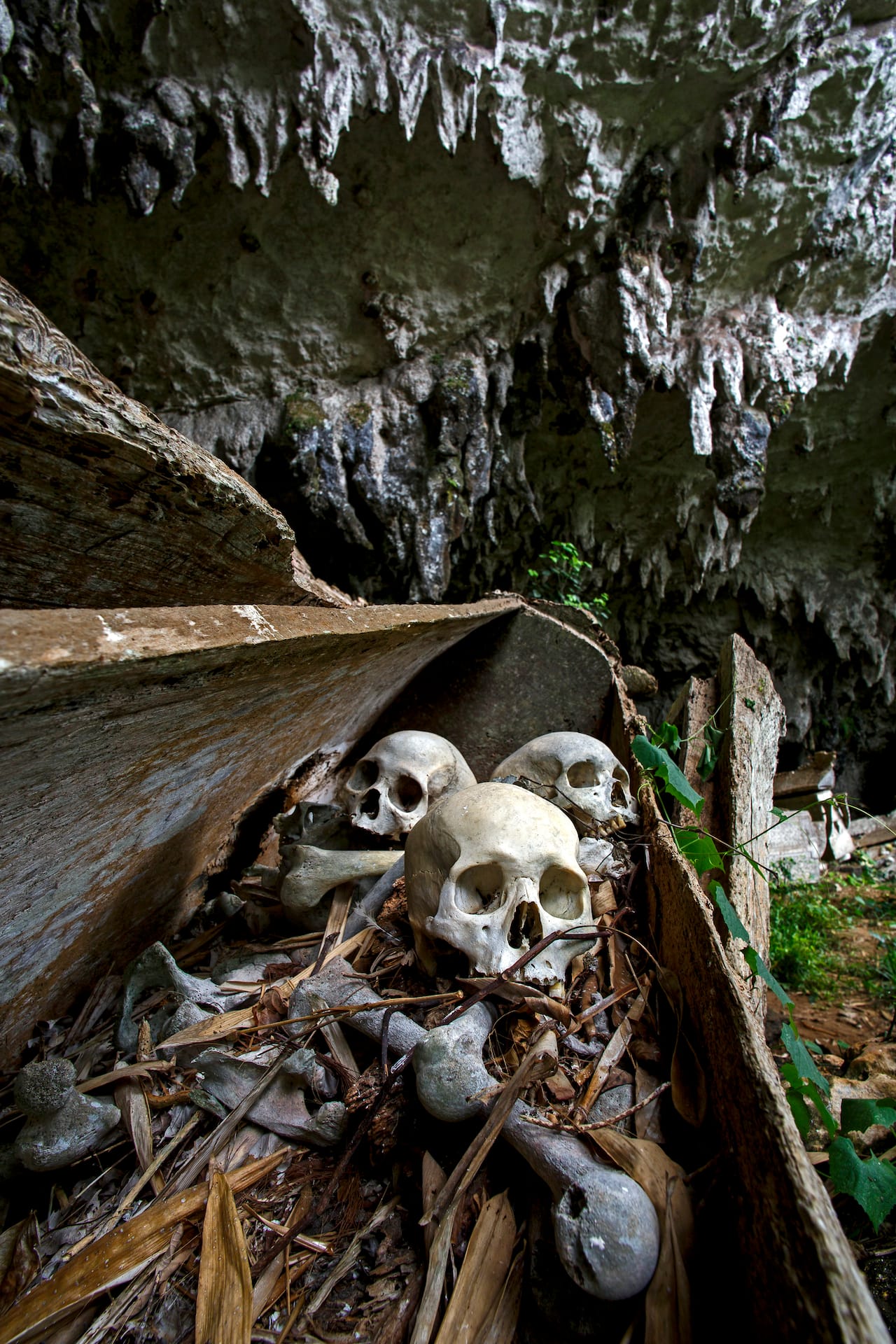
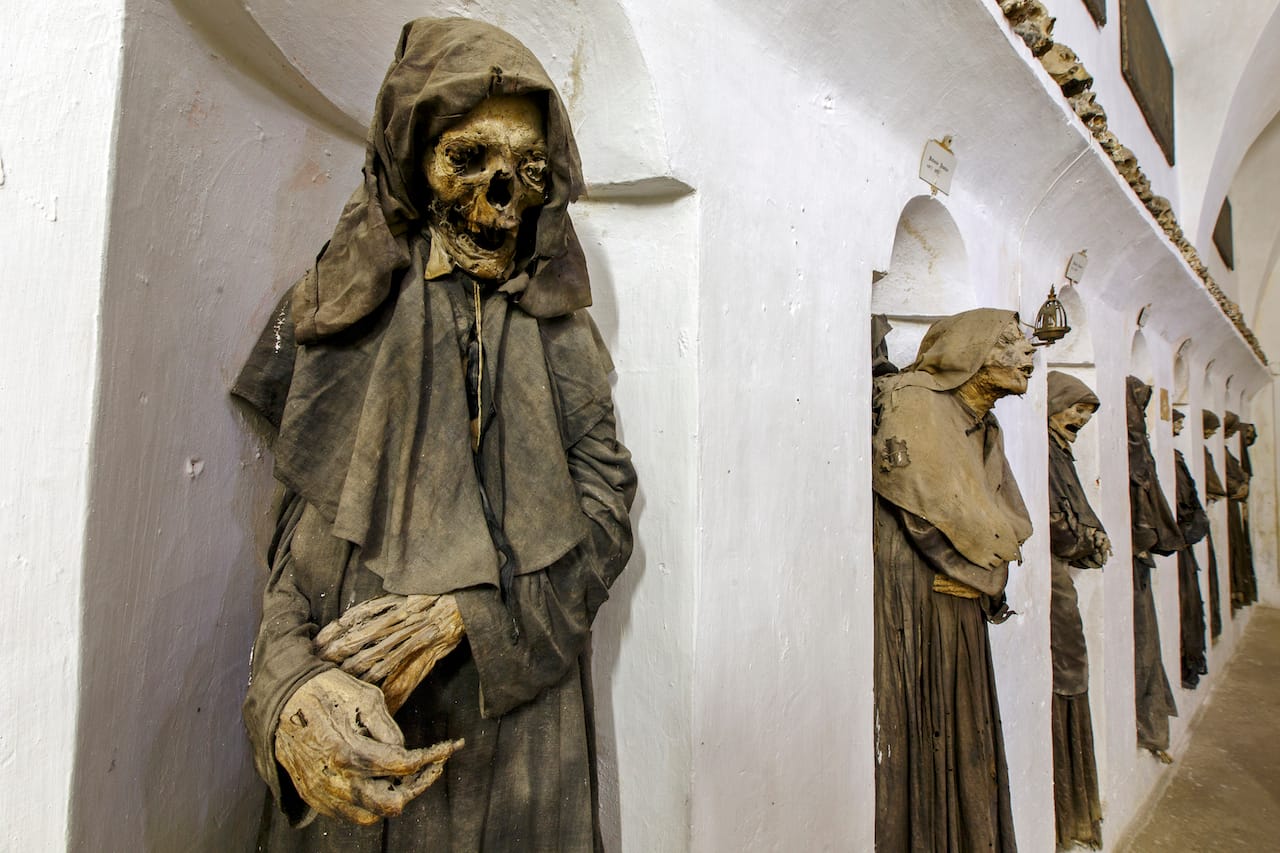
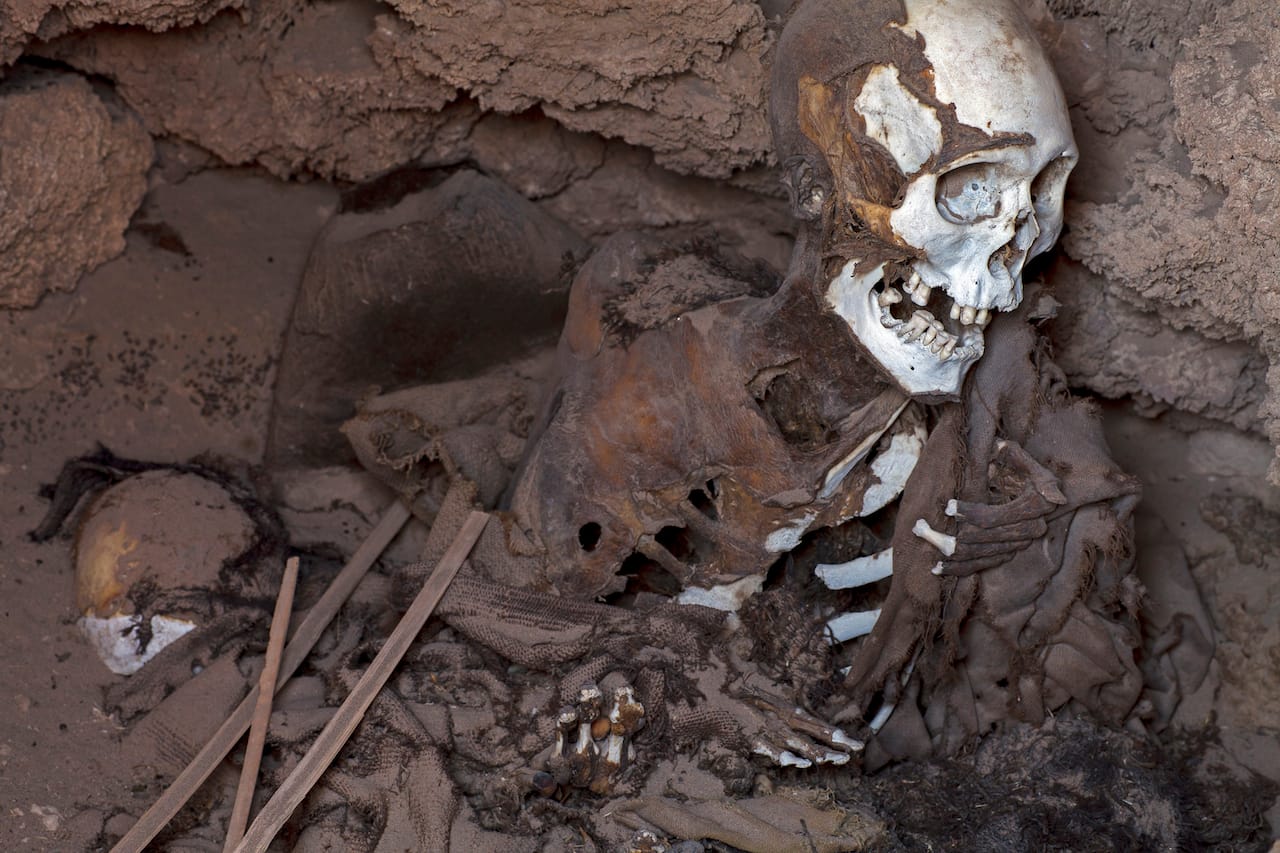
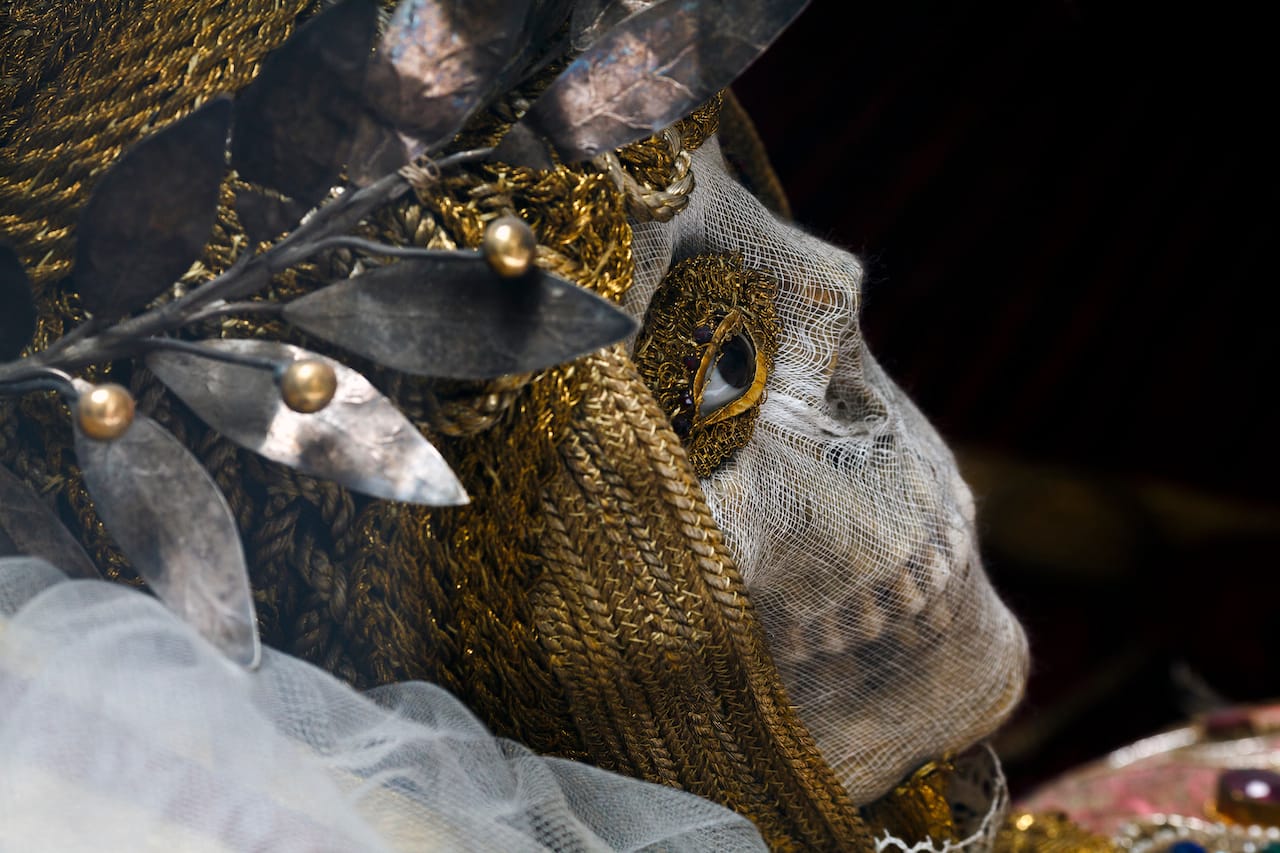
Paul Koudounaris’s Memento Mori: The Dead Among Us is published by Thames & Hudson and available from Amazon and other online booksellers.





